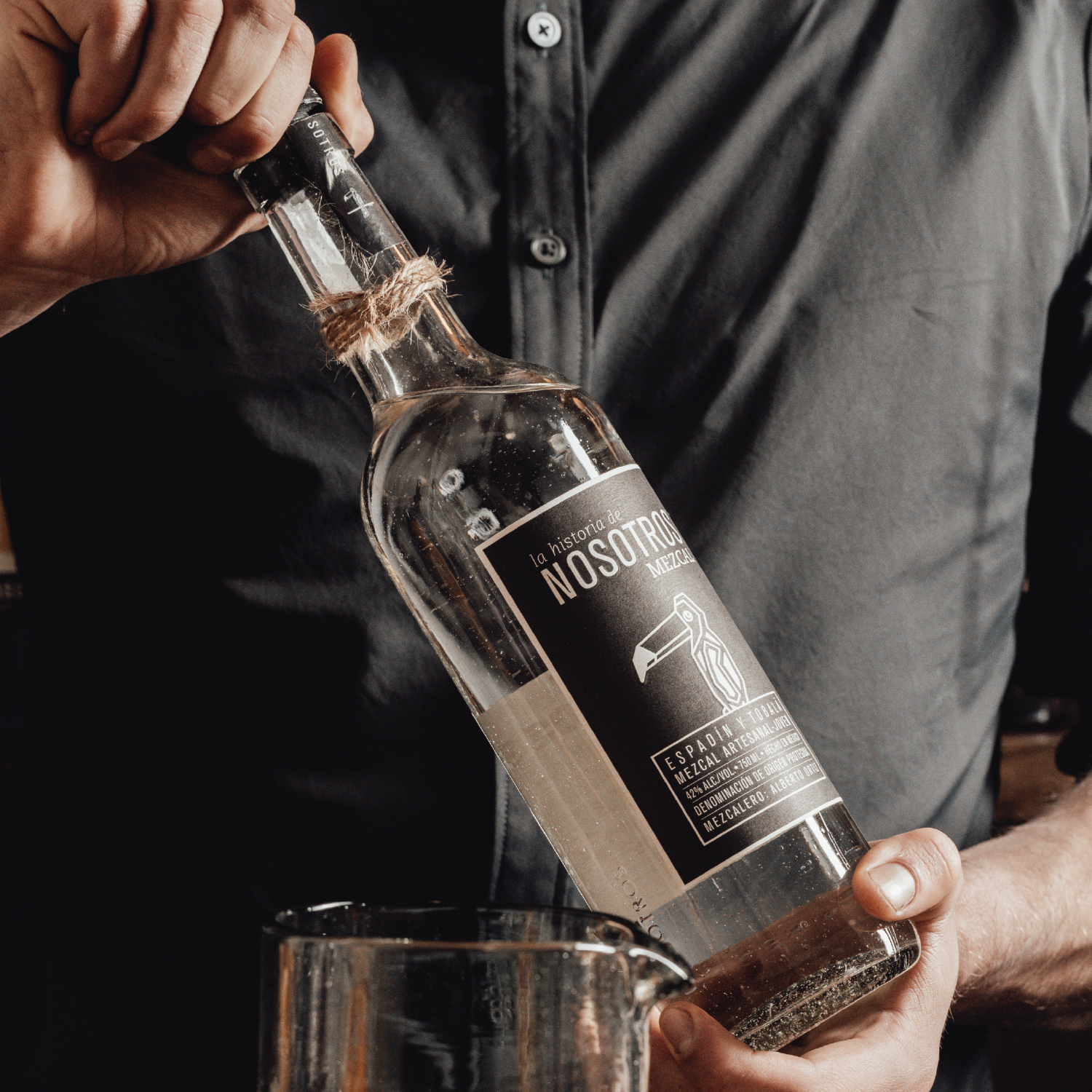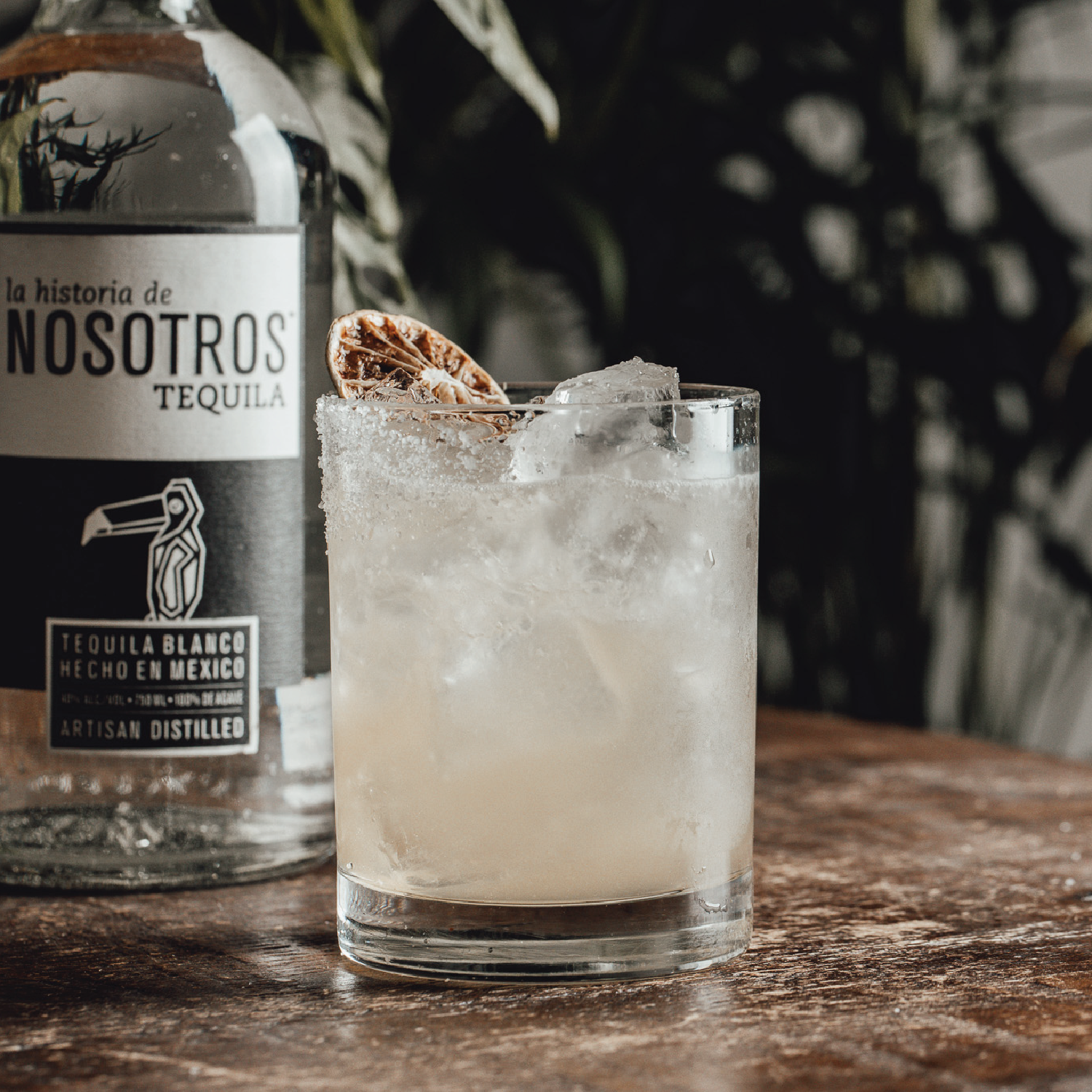Article: Learn the Different Ways to Drink Mezcal

Learn the Different Ways to Drink Mezcal
Written by: Niko Loyatho
There are three states of matter. The aroma coming off your wine/beer/liquor, that’s gas. It has physical properties: weight, volume, density. In certain light, it’s visible to the naked eye. The reason for a wine glass’s shape is that it makes an upside down funnel, focusing the aroma right where we stick our nose. But on the high end wine is only 15% alcohol by volume (ABV). Mezcal is usually 42% to 55%. Which makes nosing it the same way the olfactory equivalent of staring into the sun. Enter the jicara (from the fruit of a calabash tree), the copita (from clay), and the veladora (from the Catholic church two streets over). For practical purposes, all three of these vessels have openings as wide as the vessel’s widest point. This dispurses the gas less densely across more space, sparing our noses from being singed, and allowing us to pick out the pleasant scents we love in mezcal. But practicality isn’t everything.
The jicara (calabash gourd) dates back to ancient Mayans of Central America who used it for everything from drinking water to coffee to holding liquids on the altar during rituals to summon Chaak—the Mayan god of rain. It has a porous surface not unlike leather which doesn’t affect the flavor but does absorbs some of the liquid. Over time, the mezcal cures its surface but until then, as they say, a jicara takes its share.

A mezcal copita is just a tiny ceramic pot modeled after a jicara. Its use for mezcal is more modern but has quickly become a custom. The oldest mezcal stills were made from clay and the flavor of ancestral mezcal has much to do with it. A glazed copita won’t affect the flavor of your mezcal but it also won’t steal any either. Furthermore, copitas are handmade and the craftsmanship is easy to admire. Try using a pottery wheel for the first time and you’ll learn in a wobbily heartbeat how much skill is required.
The veladora isn’t a shot glass, it’s a candle votive used for prayer in a catholic church. Who first corrupted it is a contested subject. And I didn’t want to dig too much for fear that its origins weren’t organic but actually a clever bit of marketing—like the disheartening truth of Cinco de Mayo. I do know at least that the practice was born in Mexico because I drank from them in Mexico City long before they made their way to the US. Perhaps some enterprising rascal lifted it from a church but I like even more the idea of a resourceful priest. Friar Tuck This Little Glass

